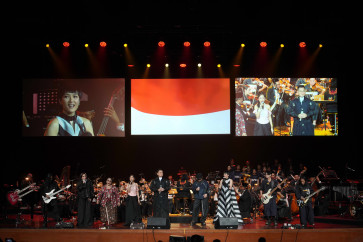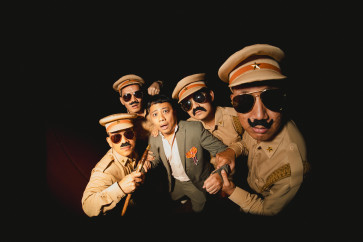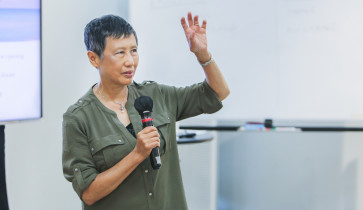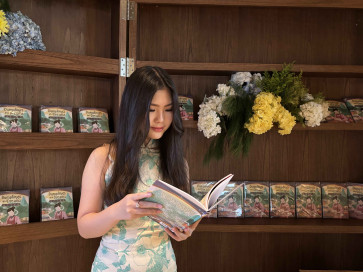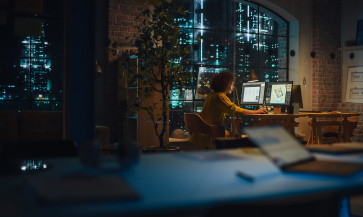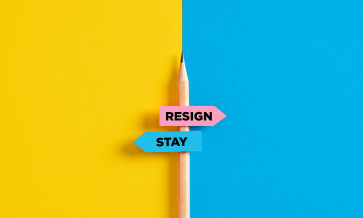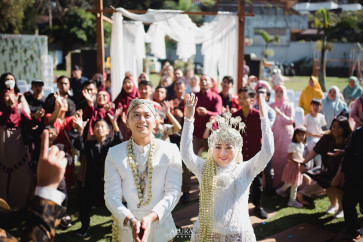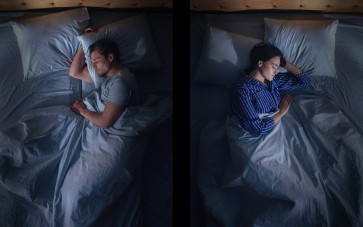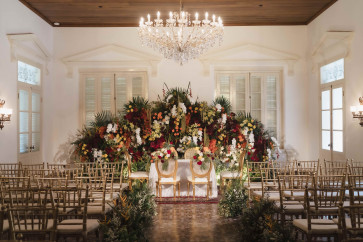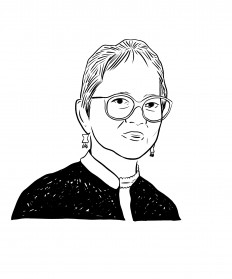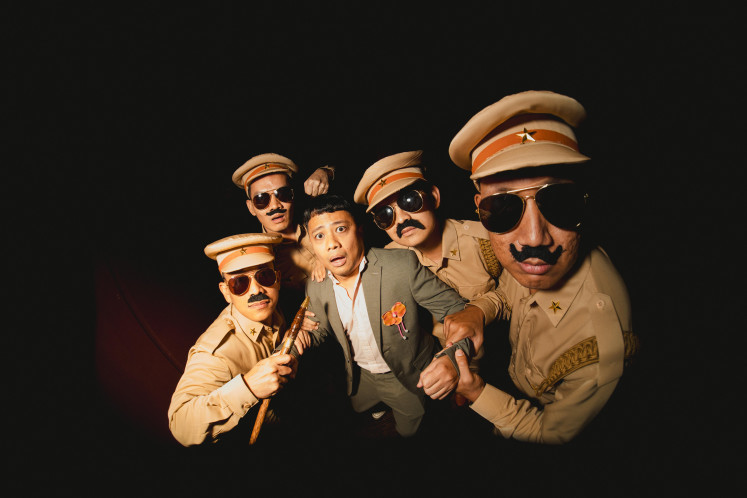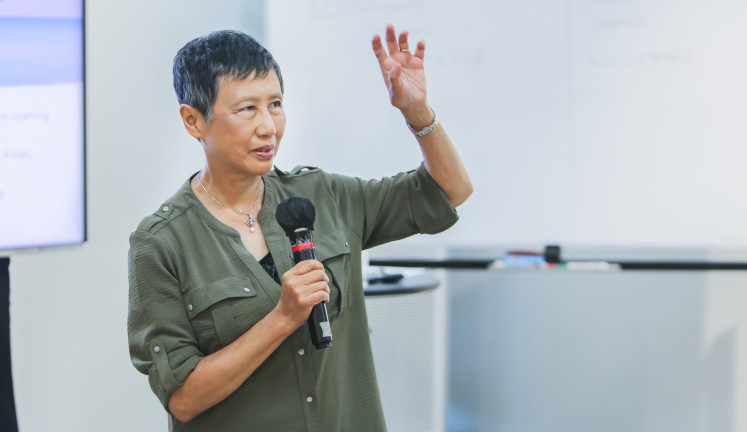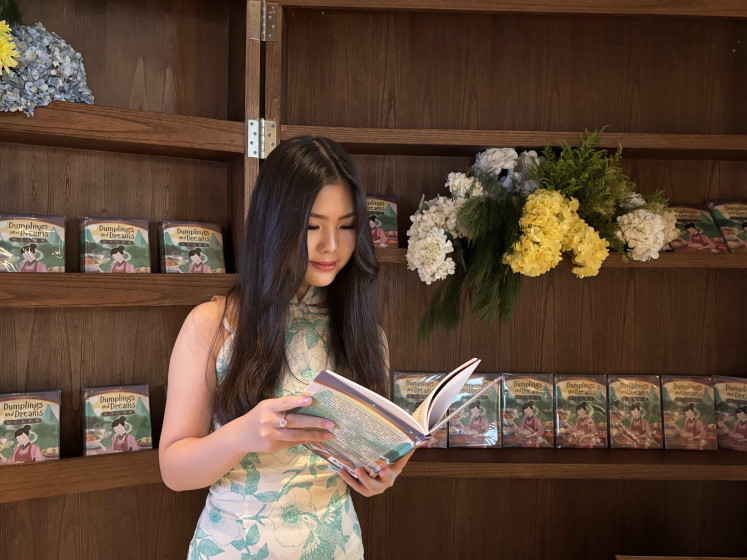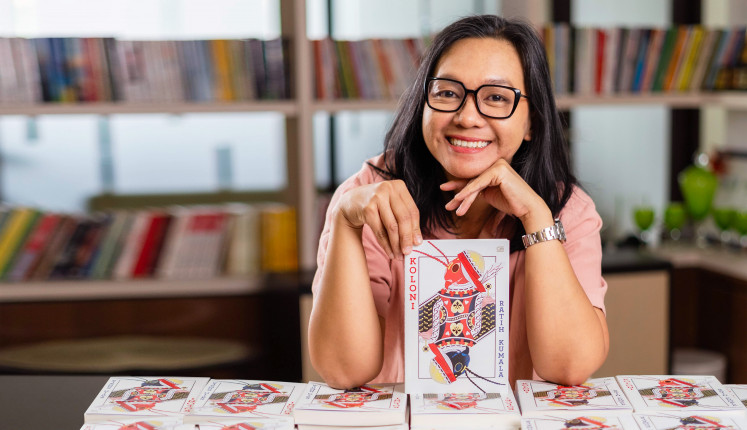Heri Dono's space vehicle, Trokomod, stands strong at the Indonesian pavilion of the 2015 Biennale, All the World's Futures.
Large art exhibitions are almost unimaginable without curators, whose vision essentially shapes the exhibition. Even smaller exhibitions gain more attention when they involve a prestigious curator whose name and reputation represent the quality of the art or artists featured.
The word “curator” originates from the Latin term “curare”, which in the 14th century referred to caretakers of children or the mentally ill. By the 17th century, this role evolved as wealthy individuals amassed extensive art collections and needed someone to manage and care for their assets.
In Indonesia, the term “curator” was traditionally associated with trade, but the mid-1990s art boom, accompanied by the rise of commercial galleries, spurred the creation of alternative galleries that prioritized quality over commerce. A curator became essential in distinguishing these efforts.
Today, with the proliferation of art exhibitions, fairs, and international biennales, the role of the curator holds a certain allure. Amid rapid changes in the art world, curators are expected to go beyond their conventional duties, challenging norms and introducing new paradigms.
For example, the late Swiss curator Harald Szeemann revolutionized the fifth edition of the quinquennial contemporary art exhibition documenta in 1972 by including not only paintings and sculptures but also photography and happenings, or performance art.
Similarly, French curator Jean Hubert Martin of the Centre Georges Pompidou in Paris caused a stir in 1989 with his exhibition Les Magiciens de la Terre, which embodied a visionary principle of equality by featuring 50 percent Western and 50 percent non-Western participants.
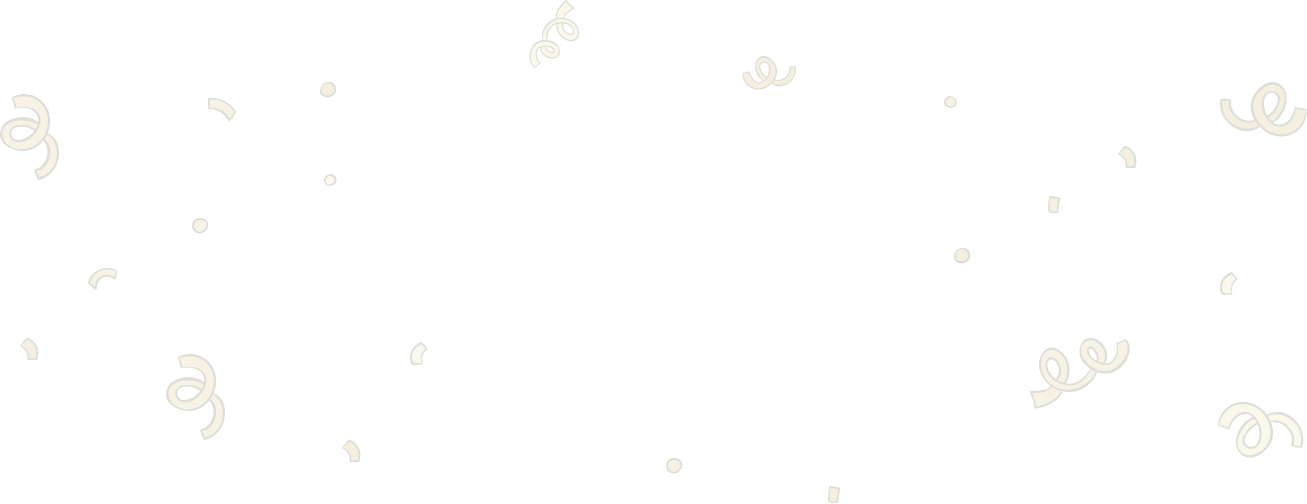
Thank you!
For signing up to our newsletter.
Please check your email for your newsletter subscription.
Read also: Indonesian women artists: trandscending compliance
Indonesia’s visionary
In Indonesia, Jim Supangkat, who transitioned from journalism to art curation, may have set the first steps in setting that new curatorial direction.
For the 9th Jakarta Biennale in 1976, for instance, he included installation art. At the time, terms such as “installation” and “biennale”, remained unknown, as did large-scale exhibitions. But Astari Rasjid, the biennale director at that time, said she fully supported Jim’s vision.
And so it was that installation art added a new spectrum into the art world in Indonesia, beginning with Hildawati Soemantri’s The Face of Life, which combined cylindrical shapes of bamboo and broken pieces of ceramics to contemplate the process of a person’s life.
Further pushing new paradigms, in 2003, Jim got together with art lover and collector Djie Tjian An to establish the CP Biennale as a platform for new ideas.
INTERPELLATION, the title for its first edition, introduced Jim’s concept of “Art with an Accent”. According to the New York Times, the biennale put Indonesia “on the map”.
Jim also introduced the term kagunan, derived from Javanese, to describe visual art that incorporates elements of sound, psychology and other sensory experiences. This term gained international attention during a review of an exhibition at Singapore’s National Gallery.
Indonesia to the world
If at home, Indonesian curators widened our exposure to what constitutes art, international curators were similarly instrumental in exposing the global audience to more diverse art, including from Indonesia.
When the charismatic Nigerian Okwui Enwezor became the curator of the Venice biennale in 2015, the event still relied heavily on Western culture, but Enwezor was of the opinion that the future of the art world would encompass the entire globe.
Under the title All the World’s Futures, he included more African artists than ever before. The biennale displayed images featuring social and political realities of hardships, colonial injustice and violence against humanity.
Read also: Finding comedy in tragedy, the artist's way
At the same biennale, Indonesia had its own national pavilion, led by artist Heri Dono, whose work aligned with Enwezor’s vision. Heri’s Trokomod, an imaginative space vehicle combining Greek Trojan myths with Indonesia’s Komodo dragon, symbolized a futuristic blend of ancient and modern cultures. The curatorial team for Heri’s exhibition was led by Restu Imansari Kusumaningrum, with Rifky Effendy and myself as members.
The work was a reminder of the Venice Biennale edition when curators Defne Ayas and Natasha Ginwala of the 13th Gwangju Biennale sought to explore human consciousness, blending ancient local wisdom with modern science, technology, AI and neuroscience.
Indonesian artist Timoteus Anggawan Kusno lived up to this concept with his installation Shades of the Unseen, which integrated real-world issues with ancient myths, illuminated by lanterns from diverse cultures.
Another Indonesian artist, Jumaadi, who draws on global trends but remains rooted in his basic wayang narratives, created a canvas inspired by the traditional Balinese Kamasan painting practice.
Beyond the usual paradigms
Curators of major exhibitions, like biennales, are increasingly recognizing the need to push beyond traditional paradigms in response to the changing times.
Cecilia Alemani, curator of the 59th Venice Biennale in 2022, embraced an openly feminist approach by including only 21 male artists out of 213 participants in her exhibition The Milk of Dreams.
In the same year, documenta 15 selected Indonesian art collective Ruang Rupa to curate the exhibition, drawing inspiration from the concept of the lumbung (rice barn), a key element in Southeast Asian culture, including Indonesia.
The 2017 Jakarta Biennale, themed Jiwa, also demonstrated a forward-thinking approach when director Melati Suryodarmo introduced the Bissu in the opening ceremony.
The Bissu—one of the five genders in the pre-Islamic Bugis culture of South Sulawesi—are revered as shamans or community priests. Featuring the Bissu in a contemporary biennale marked a bold, visionary step toward embracing new cultural perspectives.
It is evident that curators possess the power to be movers and shakers, and their role as catalysts for alternative art practices and cultural evolution is worth exploring further.
Carla Bianpoen is a journalist, writer and observer of contemporary art and culture.




